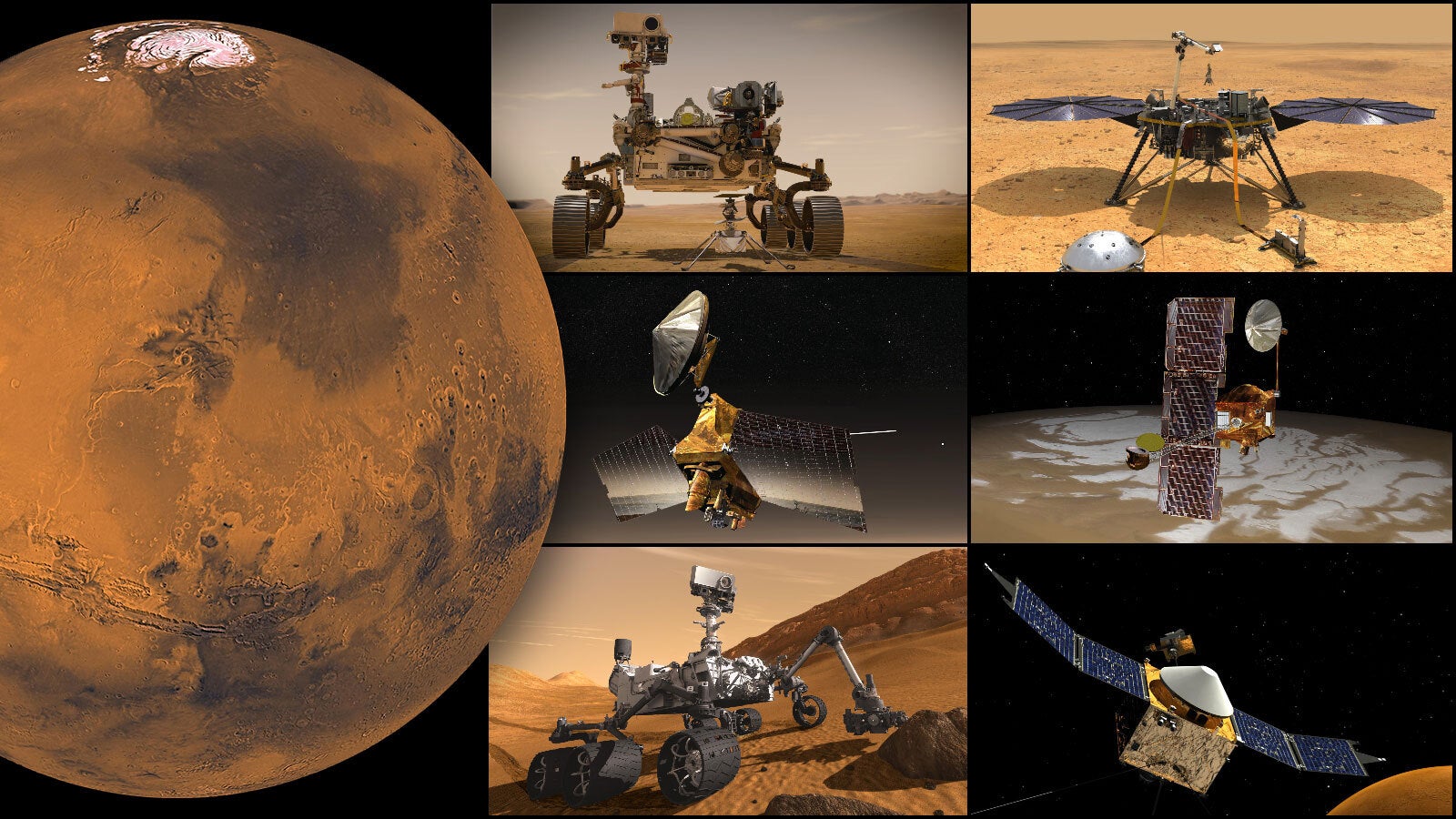Nasa facing Mars blackout as it prepares to lose contact with robots for two weeks
Nasa engineers send robotic explorers on Mars a list of commands in advance to carry out for the two weeks

Your support helps us to tell the story
From reproductive rights to climate change to Big Tech, The Independent is on the ground when the story is developing. Whether it's investigating the financials of Elon Musk's pro-Trump PAC or producing our latest documentary, 'The A Word', which shines a light on the American women fighting for reproductive rights, we know how important it is to parse out the facts from the messaging.
At such a critical moment in US history, we need reporters on the ground. Your donation allows us to keep sending journalists to speak to both sides of the story.
The Independent is trusted by Americans across the entire political spectrum. And unlike many other quality news outlets, we choose not to lock Americans out of our reporting and analysis with paywalls. We believe quality journalism should be available to everyone, paid for by those who can afford it.
Your support makes all the difference.Nasa’s robotic missions on Mars will soon be forced to go on a “short vacation” during a brief communications blackout that could disrupt regular explorations this year.
The blackout occurs on the Red planet for two weeks every two years and it could happen in October this year, which is when the space agency is planning to pause most of its robotic exploration missions, it said in a statement on Tuesday.
Nasa will stop commands to most of its missions between 2 and 16 October and give its robotic explorers a moratorium period or “a short vacation”.
“Like parents who raise youngsters to be responsible and let them go on a short vacation with their friends, they’ve done all they can to ensure the voyagers will be healthy and safe,” the space agency said in its statement.
“Each mission has been given some homework to do until they hear from us again,” said Roy Gladden, manager of the Mars Relay Network at NASA’s Jet Propulsion Laboratory in California.
“Though our Mars missions won’t be as active these next few weeks, they’ll still let us know their state of health,” Mr Gladden added.
The blackout happens because Earth and Mars, in their eternal orbits around the Sun, become obscured from each other by the fiery orb of the star, in a period known as the solar conjunction.
The solar conjunction is expected to occur between 2 and 14 October this year, when Mars will almost be on the same plane as the Sun.
With the Sun between the Earth and Mars, radio signals that are sent to the Red Planet could get corrupted by hot, ionised gas expelled by the Sun into space and may lead to unexpected behaviour from Nasa’s Martian robotic explorers.
During this period, the Perseverance rover would take weather measurements, perform a few experiments and capture new sounds on the Red Planet using its microphones. Its exploration partner, the Ingenuity Mars Helicopter, will remain stationary.
Nasa said its InSight lander will continue using its seismometer to look out for Marsquakes – quakes on the Red Planet – during this period while the Curiosity rover will take weather and radiation measurements.
“Nasa’s three orbiters – Odyssey, Mars Reconnaissance Orbiter and MAVEN – will all continue relaying some data from the agency’s surface missions back to Earth, in addition to gathering their own science,” the space agency said.
While a small amount of data from these experiments will reach Earth during the Solar conjunction, Nasa said the robotic explorers would save most of their information or “homework” and transmit it once the moratorium is lifted.
Join our commenting forum
Join thought-provoking conversations, follow other Independent readers and see their replies
Comments